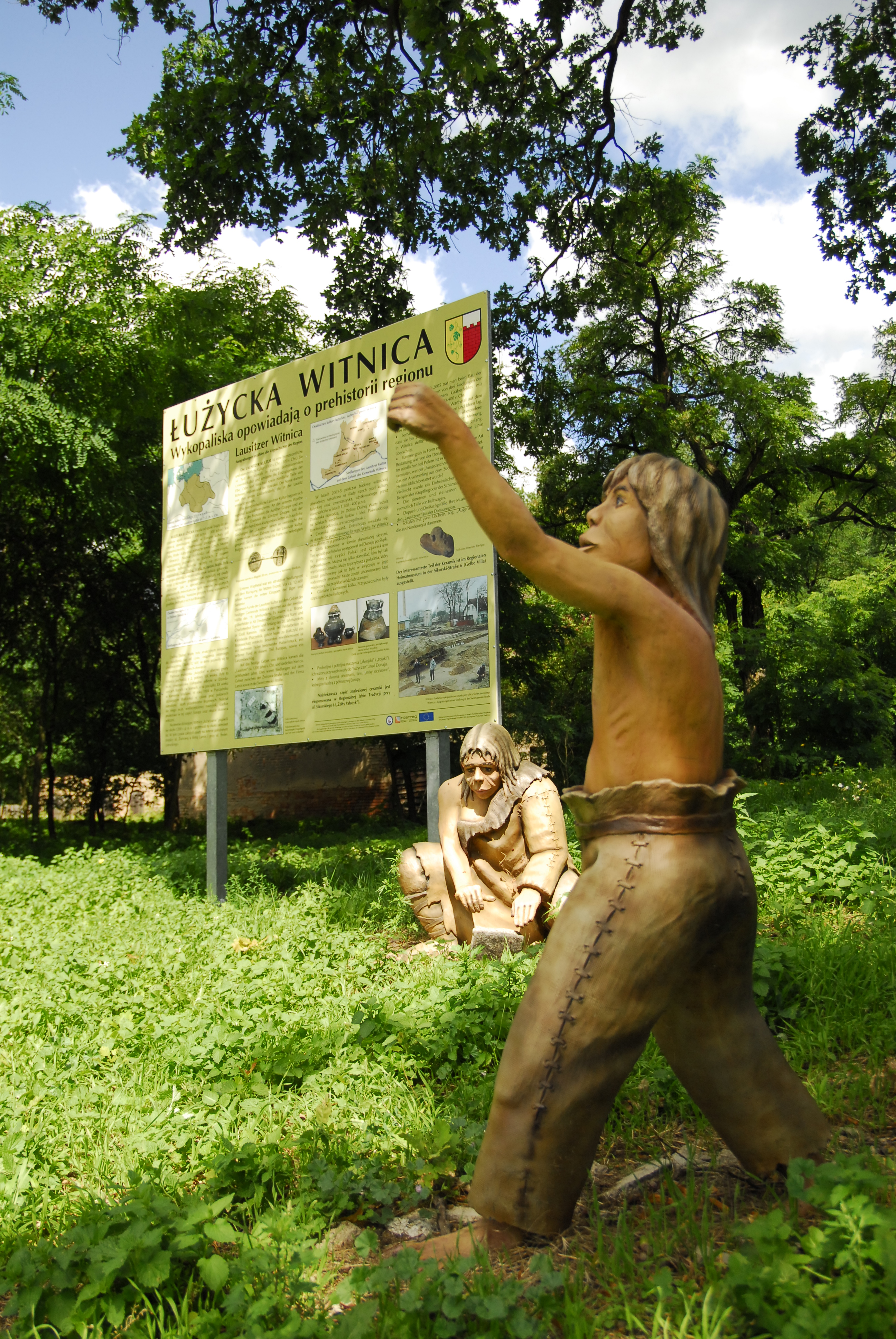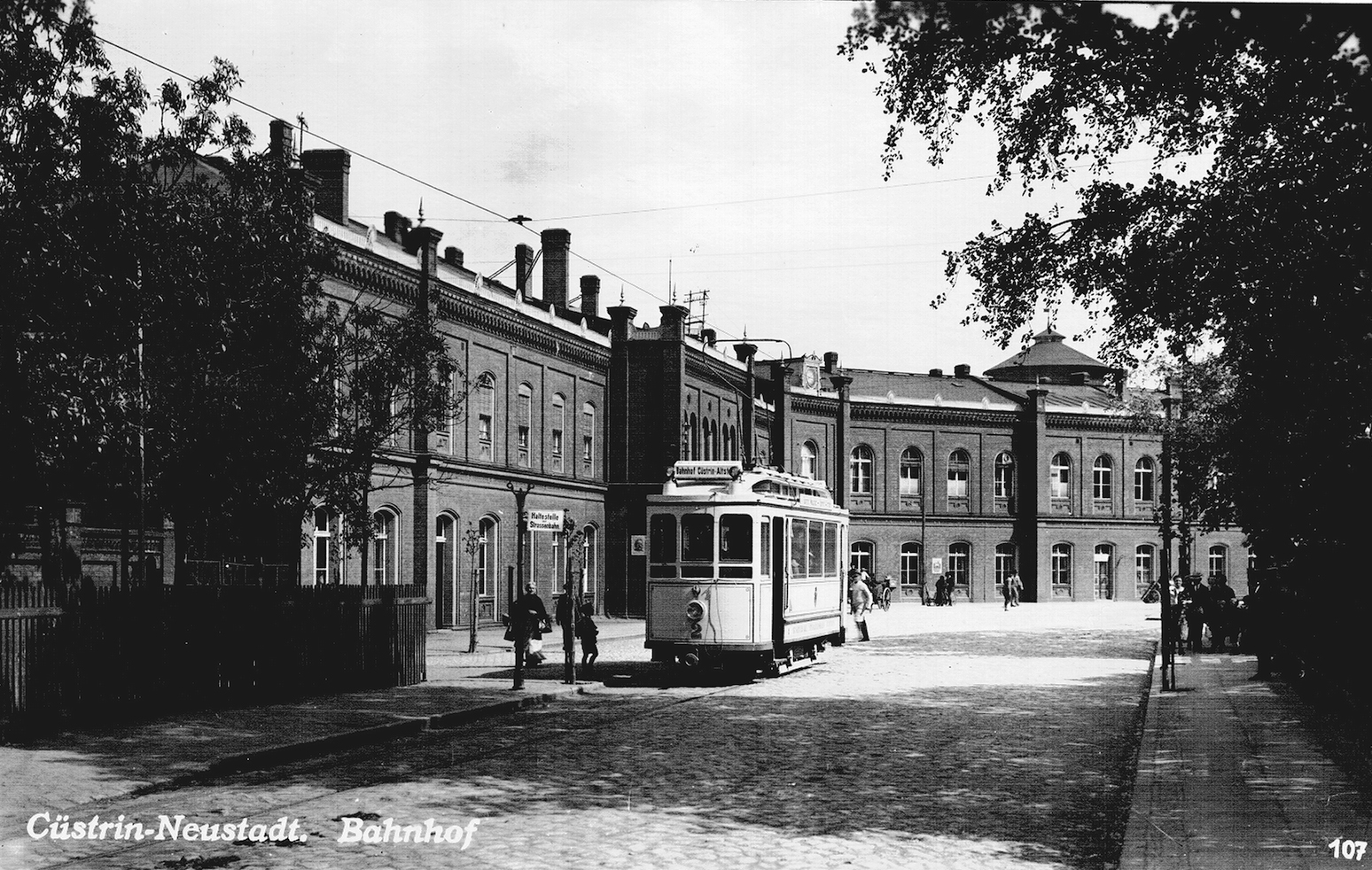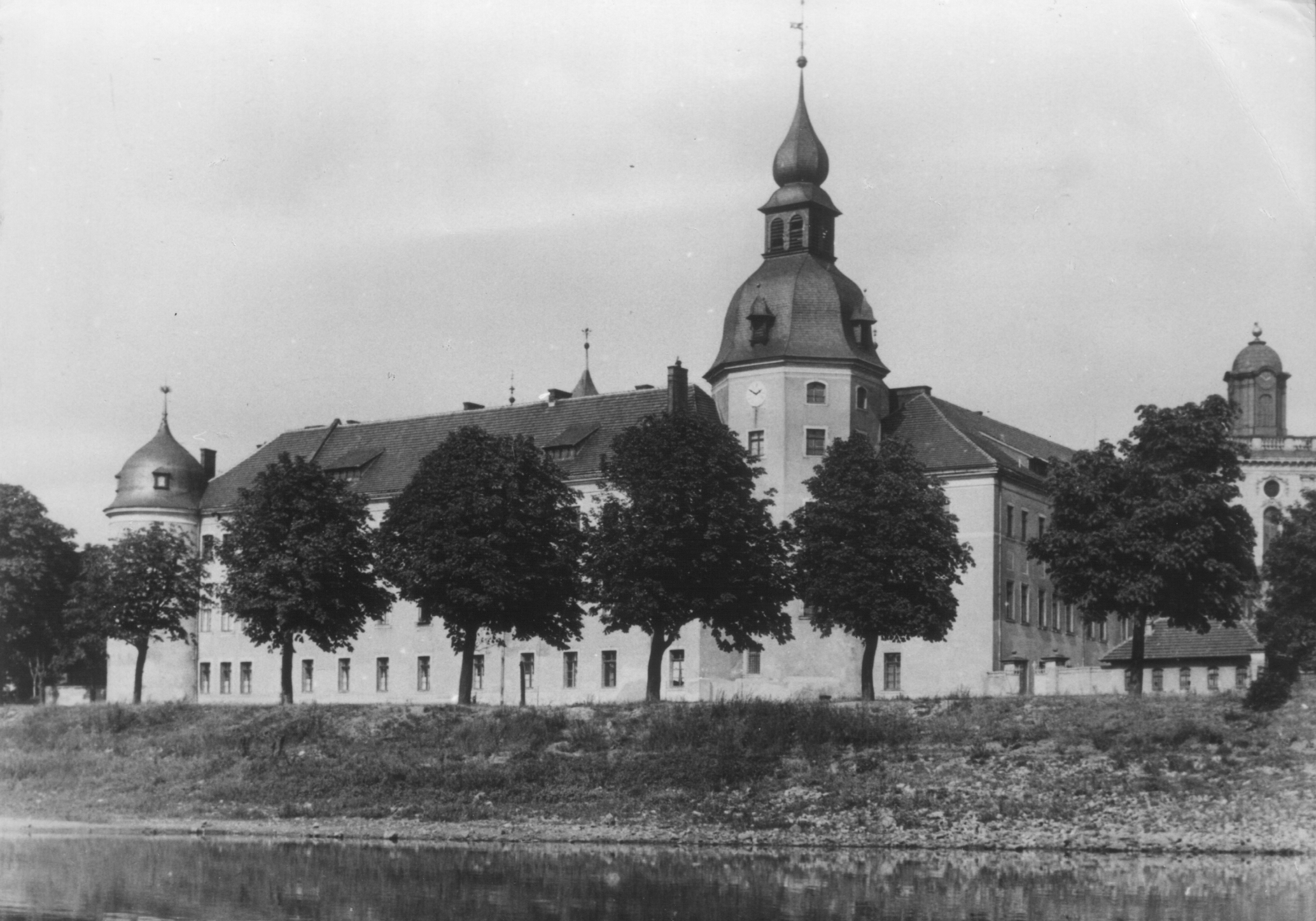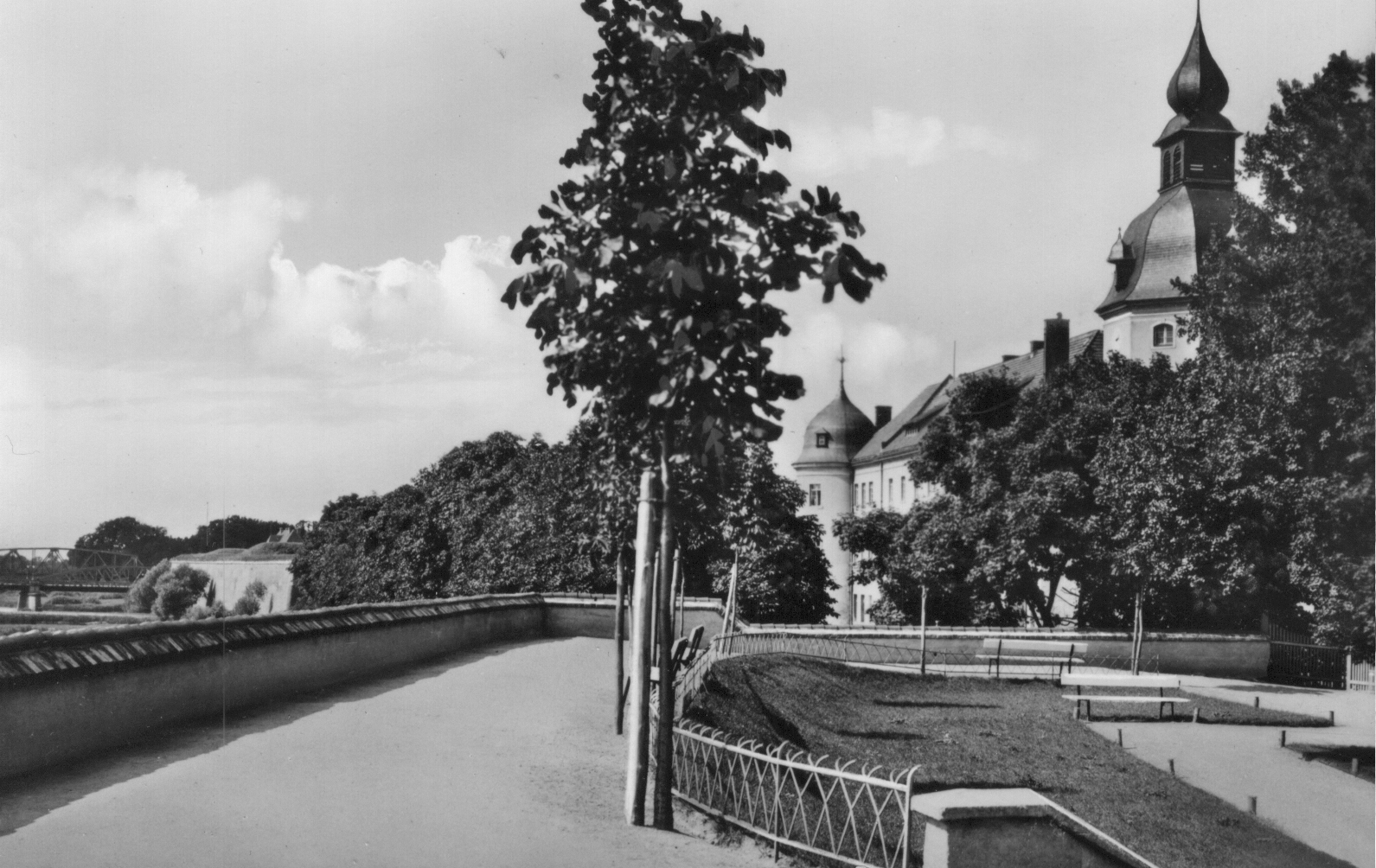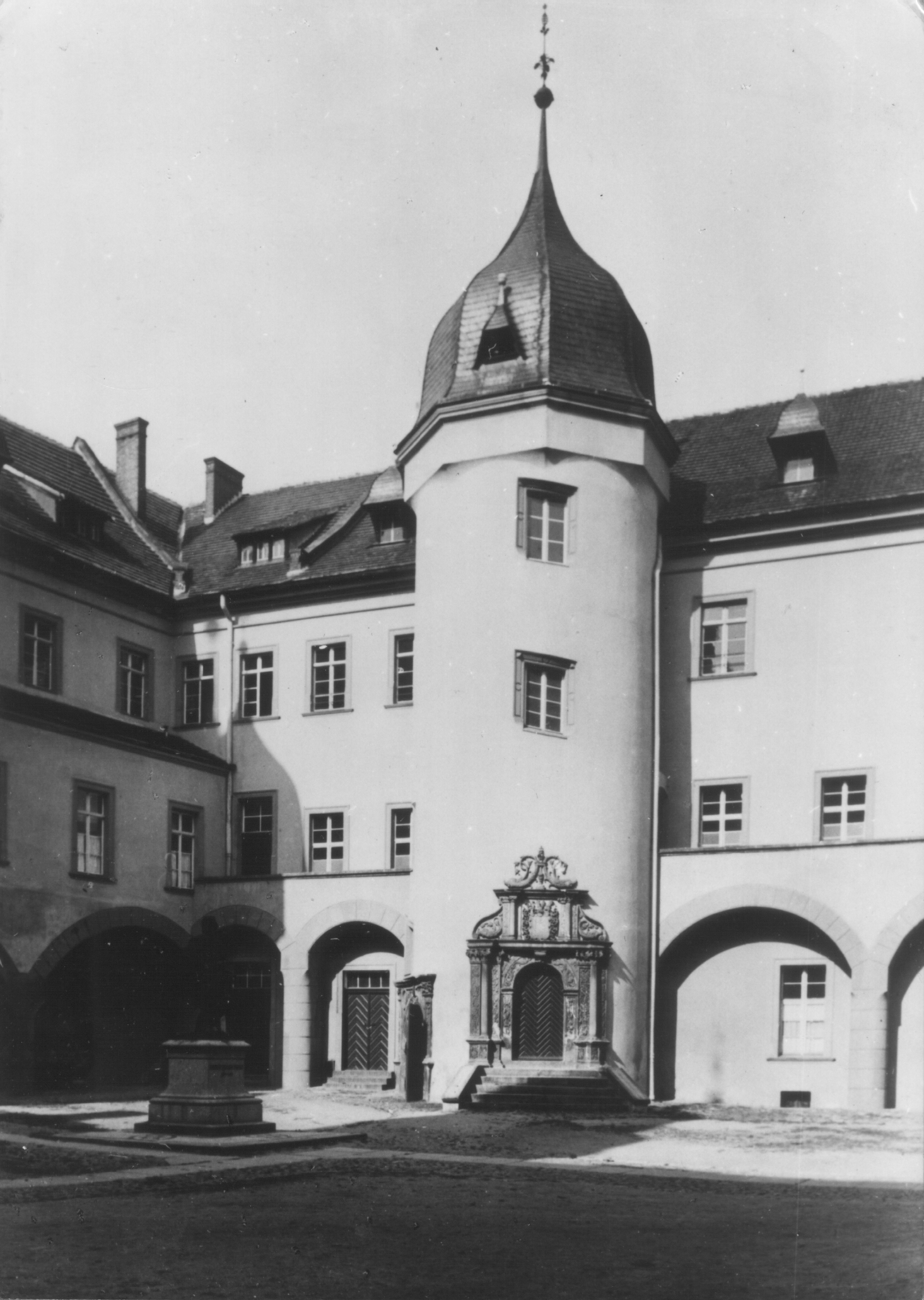A cultural melting pot
2015-08-27
The oldest evidence of human presence in the area dates back to ca. 12,500 years ago, the period associated with the disappearance of the last glacier. The most numerous traces in the Lubusz area were left by the Lusatian culture from ca. 1300 BC to ca. 300 BC, including large settlements similar to the fortified burgh in Biskupin – a proof of the material and spiritual development of the inhabitants.
Around the year 700 BC, Germanic people arrived to the lower Warta as newcomers from the north. After their departure, in the 5th-6th centuries, from areas between the Dnieper and Pripyat, the first tribes of western Slavs came to the area. Their settlements from that time concentrated around lakes and along rivers.
The Slavs were organized in tribes made up of kindreds (Slavic: rod), which consisted of families related to each other. Important decisions were made at tribe
gatherings, and in times of danger an interim leader was
chosen. Over time, the tribal system of democracy was transformed into a prince's autocratic regime. The ambitions of the princes finally led to uniting the tribes into a state-national community. In the area of the Oder and the moraine lowlands adjacent to it, the large tribes of Pomeranians, Polans and Polabians formed. The Polans were particularly possessive about land in comparison with their other Slavic neighbors, which in turn led to the beginning of the Polish statehood as understood today.
A fortified town of special importance at that time, next to Lubusz (the capital of the region), was Górzyca – the seat of a Polish bishopric, located in a place where Lubuskie hillsides are the closest to the Oder, creating favorable conditions for crossing the river (bypassing the wetland terrain, swamps and marshes, as it was the case with the mouth of Warta). In the years 1249-1251, Boleslaw II the Bald gave half of Lubusz to the archbishops of Magdeburg, and the rest he sold to the margraves of Brandenburg. Since then, Germanic population began to pour into the region.
The next stage of the mixing of cultures was the 2nd half of the 18th century, when melioration of vast expanses of land in this part of the Warta estuary, Olęder (Holländer) Mennonite settlers were brought there, granted earlier unheard of religious and social freedom.
The most traumatic and largest migrations occurred here as a consequence of World War II. The Polish government in exile in London treated the matter of maintaining the pre-war borders as one of the priorities. This position was at odds with the vision of the Soviet Union.
Moscow saw the seizure of German lands as a form of compensation for Poland for the loss of lands to the east that Russia had already assumed. Furthermore, by making the decision about Poland's fate, the USSR intended to make it a dependent country. This position, contrary to the opinion of the Polish government, became, alongside the issue of Katyn, the cause of breaking Polish-Soviet relations with effect from 25 May 1943. The problem of Polish-German border was settled at the Potsdam Conference on 17 July–2 August 1945.
The loss of its eastern territories to the Soviet Union included over 179,649 km2. Former German lands incorporated into Poland in 1945 included 103,788 km2 (representing 33% of its today surface). Over 8 millions of Germans were deported. The first Polish settlers came to the ex-German area as the frontline was receding deeper into Germany – in February and March 1945. Even earlier, in deserted German farms, prisoners of war and forced laborers liberated by the Allies would seek refuge. Until the end of 1945, 1,630,638 people were brought into the newly acquired land. In 1950, there were already nearly 6 million people (including 1 million of older population – ex-citizens of Germany who positively passed an evaluation for Polish citizenship).
Some of the settlers accepted this fate willingly, looking for a better life in the unknown. These included especially individuals who had lost their homes due to warfare. However, a huge number of people were displaced against their will, leaving their homes behind in despair, violently separated from the lands of their ancestors. The phenomenon of the forced deportations affected mainly the residents of the former eastern provinces of the pre-WWII Poland, who did not understand the decisions made by the Allies in Yalta on changing the borders and including their land into the Soviet Union. The second largest group of deportees who were affected by equally brutal practices were Lemkos and Boykos – until then, residents of the Bieszczady Mountains and the Low Beskids. In their case, the change of borders was not a factor. These ethnic groups faced the collective responsibility for their alleged support for Ukrainian nationalists striving for Ukrainian independence.
Almost all Lemkos were deported from their land – the Low Beskids. The deportation was organized terribly. People were shoved into freight train cars not adjusted to transport passengers. They spent long weeks in these reproachable conditions, without water and hygiene. Having reached the destinations, many of them refused to leave the trains, demanding to be taken back home. They were thrown out by force and had to seek refuge in nearby towns and villages.
A strong sense of alienation on the former German land and longing for the land of their fathers accompanied the displaced people – especially the elderly – for the next dozens of years. It was expressed in different ways. Despite the passage of time, some never unpacked their belongings, nor did they invest in the homes they occupied. They kept collectively aware of the temporariness of their stay here and believed in the return of the old order. A case is known, in the village of Pyrzany, where a wall of a residential building was painted with a mural presenting the landscape of a beloved village abandoned as a result of forced resettlement.
